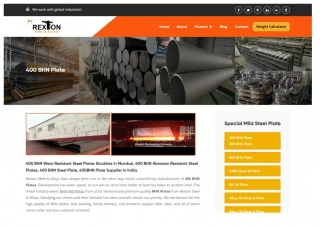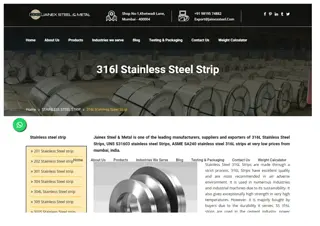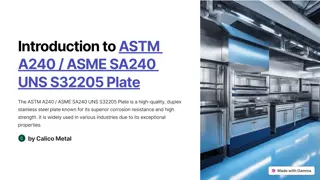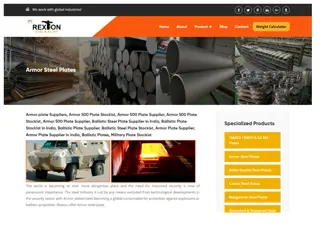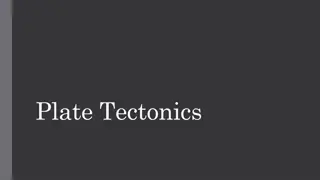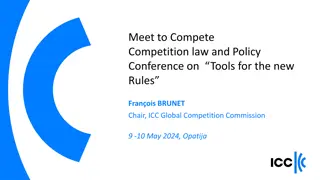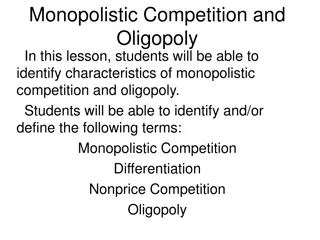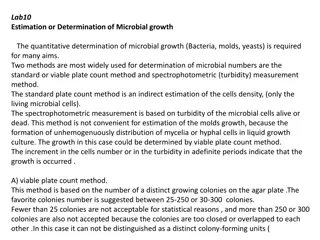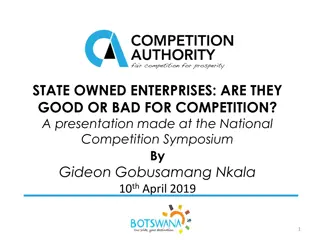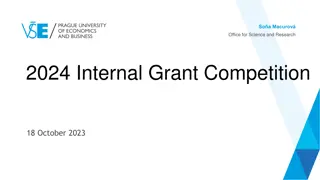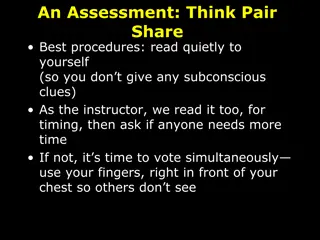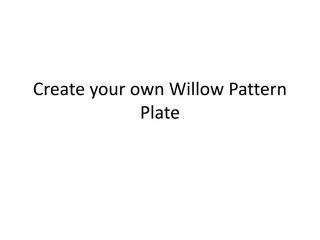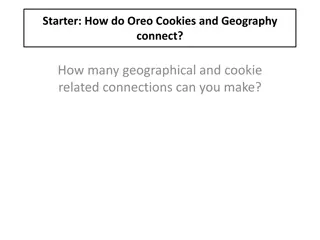
ASME Cold Plate Design Competition 2024-2025 Guidelines
Participate in the 2024-2025 ASME Cold Plate Design Competition to design an additively manufactured heat sink for cooling power electronics modules using water. Follow the specified design constraints and submit your innovative designs for a chance to have them 3D printed and tested at Intel, with finalists presenting their work at the 2025 ITherm Conference.
Download Presentation

Please find below an Image/Link to download the presentation.
The content on the website is provided AS IS for your information and personal use only. It may not be sold, licensed, or shared on other websites without obtaining consent from the author. If you encounter any issues during the download, it is possible that the publisher has removed the file from their server.
You are allowed to download the files provided on this website for personal or commercial use, subject to the condition that they are used lawfully. All files are the property of their respective owners.
The content on the website is provided AS IS for your information and personal use only. It may not be sold, licensed, or shared on other websites without obtaining consent from the author.
E N D
Presentation Transcript
2024-2025 ASME Cold Plate Design Competition Background: This document is meant to provide students with pertinent details for the 2024-2025 ASME K-16/IEEE EPS Cold Plate Design Competition. For this competition, students will design, analyze and optimize an additively manufactured heat sink to cool constant heat flux power electronics modules that are subjected to forced convection liquid cooling using water. Student teams will need to submit a white paper and their design files for the competition. The student teams that are evaluated as having the highest performance and most creative designs, will have an opportunity to print their designs by Fabric8Labs and test them at Intel. Finalists will also present their work at the 2025 ITherm Conference. Design Guidelines Table 1: Fin plate design constraints Feature Size Max Cold Plate Fin Volume 75.5 x 56.5 x 3 mm (XYZ) Base Plate Size 100 x 80 x 1.6 mm (XYZ) Minimum Feature Size (positive or negative feature), dimension 0.100 mm (XYZ) 0.500 mm (e.g., a straight fin down the length of the cold plate can be up to 0.5 mm in thickness) 3 mm, limited by Cold Plate fin volume Maximum Feature Size (positive feature), XY Dimension Maximum Feature Size (positive feature), Z Dimension Minimum Feature Resolution (Voxel Size), XY (see next slide for detail) 33 m Minimum Feature Resolution (Voxel Size), Z 30 m Minimum Feature Overhang Angle 20 (from XY plane) Acceptable File Formats .STEP Fin plate: 75.5 x 56.5 x 3mm Baseplate: 100 x 80 x 1.6mm Z XY Min feature overhang angle 1
2024-2025 ASME Cold Plate Design Competition Design Guidelines All STEP files are sliced with an XY voxel size of 33 x 33 m pixels Therefore, X & Y dimensions of part features are defined by a grid of 33 x 33 m pixels Areas of the print that need high resolution, part feature size and spacing should be defined in increments of 33 m in order to maintain feature fidelity Example: a fin/gap of 133 / 166 m will align to the pixels; whereas a fin/gap of 150 / 175 m will not align to the pixels; causing actual fin feature thickness variation in the slices and the resulting print Z dimension defined by layer height - Minimum of 0.030 mm specified for competition Pixel (XY Voxel) Y X Boundary Conditions for Simulations The Top Plate with inlet and outlet diameter (ID), X, Y and Z dimensions of the cold plate (top plate and bottom plate) that is given by the competition team must be used. No deviations will be acceptable. Flow rate of 1 2 L/min must be used in simulation Power load = 350 W Coolant (PCW) inlet temperature of 20 must be used in simulation Power source Icepak model will be given and must be used in your model. Design meets (manufacturing) design guidelines 2
2024-2025 ASME Cold Plate Design Competition Manifold Housing Details Side-in Side-out Flow 2mm Silicone gasket above fin plate ID Tube Inlet and Outlet 3.5mm Accumulator sections at ends of fin plate to ensure uniform flow Additive Manufacturing Constraints The cold plate will be 3D printed with pure copper. As printed, it is expected that the effective thermal conductivity is ~380 W/m K. For modelling, it can be assumed that the surface roughness is 1.5 microns. Surface roughness can range depending on the geometry. The design and feature constraints are as defined in the Design Guidelines section. Design Review for Manufacturability Of the final selected designs, Fabric8Labs will perform design for additive manufacturing (DfAM) reviews for manufacturability. If required, F8L will provide design change suggestions to improve manufacturability of the parts. The DfAM review for manufacturability is envisioned to be collaborative in nature between the design team and Fabric8Labs. 3
2024-2025 ASME Cold Plate Design Competition Cold Plate Competition Rules Each team can submit one cold plate design A maximum of 5 participants in one team is allowed Each team should check with their advisor in terms of timelines for design, simulation, analysis, CAD drop to Fabric8Labs for manufacturability. Timeline for accepting and producing prototypes will be communicated to registered teams A full design submission must consist of a written report, CAD files, COMSOL/Icepak/Fluent/AEDT file or other software of the model, and experimental data if available. Students making this a university project should check with their advisor(s)/professors on project deadlines for university acceptance. These dates may differ from competition dates as each university will operate based on their semester dates. Intellectual Property The participants retain ownership, but the competition organizers and manufacturer (Fabric8Labs) shall be granted a perpetual, non-exclusive right to use the designs for educational, research, or commercial purposes. Cold Plate Form Factor/Submission Criteria Students must create CAD drawings (STEP File required) and submit it for manufacturability review to Fabric8Labs Cold plate must have distinct two parts, the top housing and the bottom fin plate; which shall be assembled for final testing. Cold plate cooling fin region shall be the focus of the design for the competition teams. Top plate and bottom fin plate must be put together for manufacturability. Students must submit CAD file with drawings, COMSOL/Icepak/Fluent/AEDT file or other software of the model, written report and experimental data if available. Students must also submit the final prototype components to the competition team for experimental evaluation 4
2024-2025 ASME Cold Plate Design Competition Design Objectives and Scoring The objectives for the white paper are to demonstrate the elements defined in the list below: 1. Highest Cost-based Figure of Merit (FOM). 2. Demonstrate effective use of thermal analysis and modeling. 3. Effectively use additive manufacturing in the design. 4. Well written, formatted, and clear white paper Table 2: Scoring metrics for white paper. Metric Assigned Point Value Predicted Cost-based FOM* 25 Analytical Technique 25 Effective use of AM 35 Writing Style/Formatting 15 *Note: The predicted FOM will be from standardized simulations run by the organizers in COMSOL. The design objectives for the final competition are provided in the list below: 1. Cost-based Figure of Merit. 2. Effective use of additive manufacturing. 3. Presentation Skills Designs failing to adhere to additive design requirements as laid out by Fabric8Labs during the seminar and design review will be assessed a penalty of up to 15 points. Overall scoring will be assessed according to the details provided in Table 3, below: Table 3: Scoring metrics for final competition. Metric Assigned Point Value Experimental Cost-based Figure of Merit 40 Effective use of AM 35 Presentation Skills 15 5
2024-2025 ASME Cold Plate Design Competition Cost-based Figure of Merit The groups should submit a cost-based Figure of Merit (FOM). This FOM can be calculated according to the following Eqn.: th,ref R R P P m m = + + th FOM 0.4 0.3 0.3 ref solid m th,ref R P ref m: the mass of the fin plate Tin: fluid temperature at the inlet Pin, Pout: pressure at inlet/outlet Thotspot: max. temp. on base plate solid hotspot T T Thermal resistance: in = R th load P = P P P Pressure drop: out in Reference point: Rth,ref = 0.1 K/W, Pref= 30 kPa, msolid= 114.7 g Best Use of Additive Manufacturing Use of additive manufacturing score is an assessment of the overall design aesthetic and use of AM for minimizing pressure drop, thermal resistance, etc. Creativity is rewarded in this category along with the formation of novel structures that would otherwise not be possible with conventional manufacturing methods. Experimental Evaluation Each team must submit their final prototype to Intel for experimental evaluation. Experimental performance assessment will be performed at Intel for all the cold plates submitted based on the boundary conditions given by the team. Findings of the experiment will be compared to the results of the simulations (and experiments if performed) Measured Data for Model Validation Experimental data and results obtained by the test-facility (Intel) will be made available to teams in Spring 2025. 6

